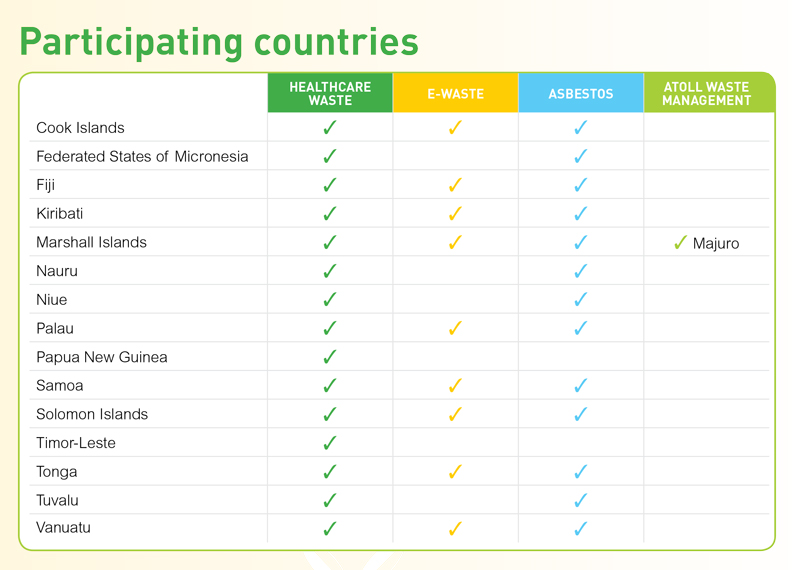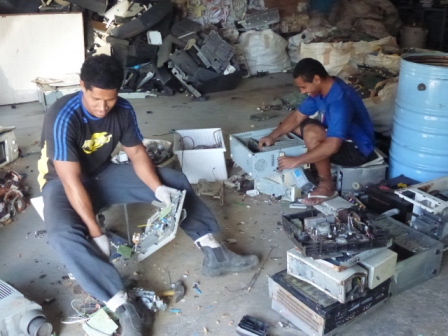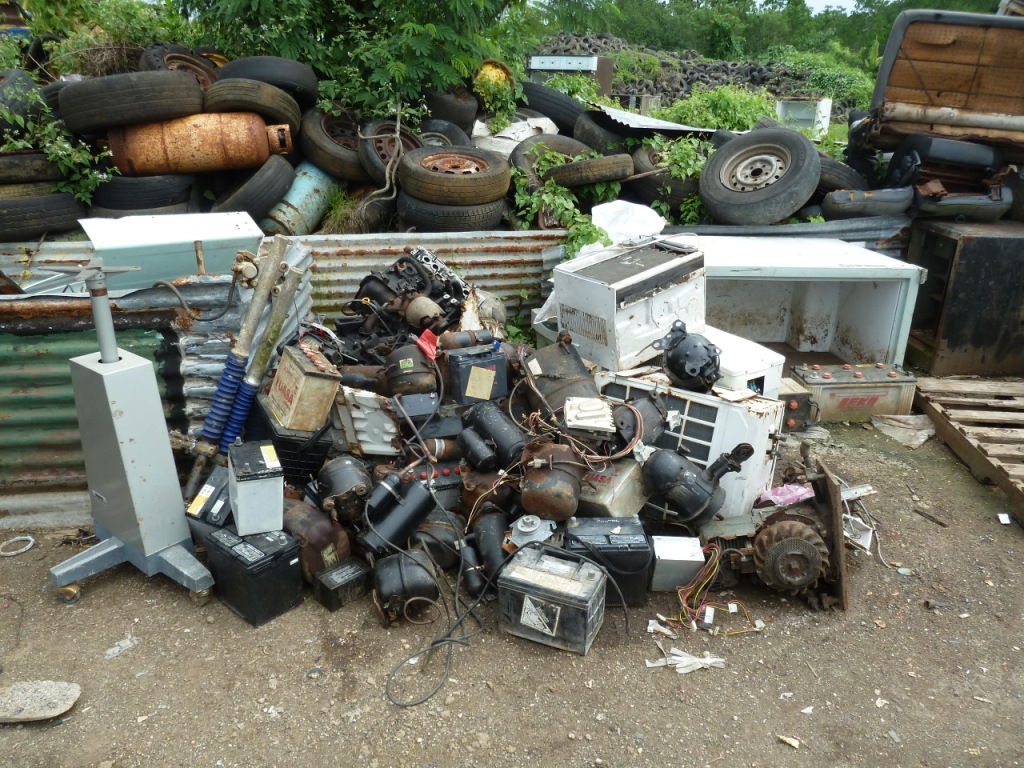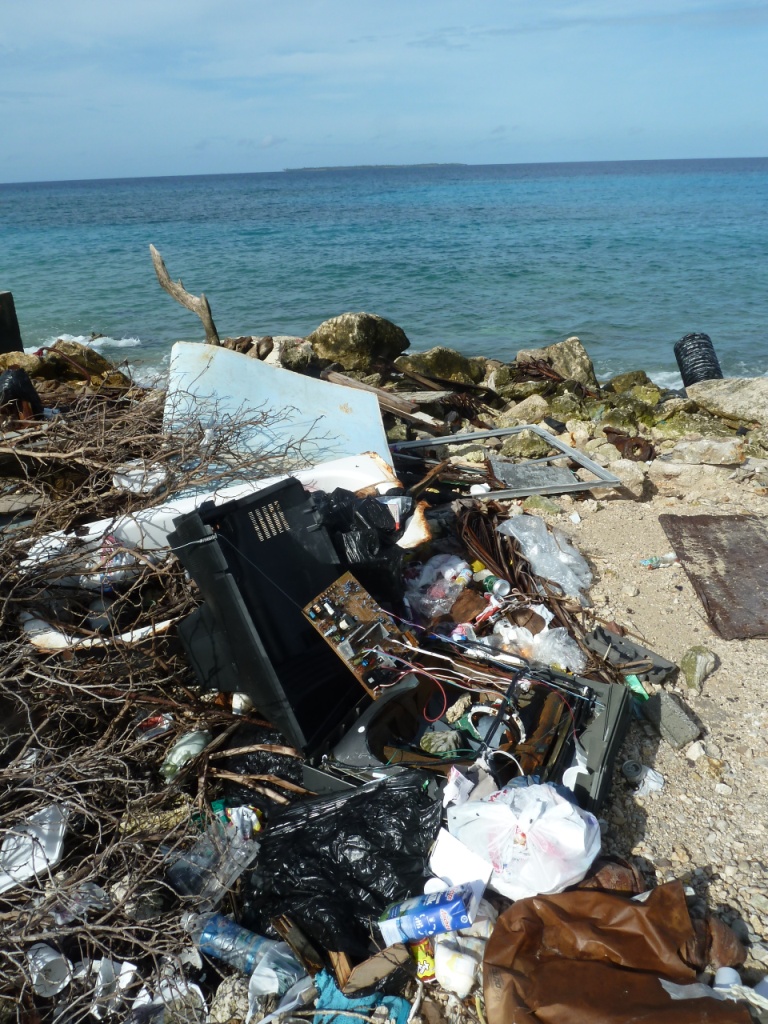
Now available! Summary Report for E-waste Baseline Survey
The summary report for the E-waste regional baseline survey is now available. This report summarises current E-waste management and offers potential interventions to improve E-waste recovery and recycling for the following participating countries:
- Fiji
- Palau
- Republic of Marshall Islands
- Solomon Islands
- Vanuatu
Click here to view the report.
*The contents and opinions in this report are the consultants and do not necessarily reflect the views of the European Union or SPREP*
What is E-waste?
E-waste refers to discarded electrical and electronic equipment that is at the “end of its life” or is no longer suitable for use. It can include items such as:
- IT and telecommunication equipment - mobile phones, laptops, computers, photocopiers, printers
- small and large domestic appliances - toasters, hairdryers, refrigerators, air conditioning units
- audio visual equipment - televisions, DVD players, stereos, cameras
- toys, entertainment and sporting equipment - game consoles, treadmills, electric trains
- safety and monitoring instruments - smoke detectors, thermostats
The rapidly increasing use of electrical and electronic equipment in the Pacific results in an increase in the volume of waste as it is discarded. Electrical and end of life electronic items contain many recoverable and valuable components such as copper, steel and gold that can be re-used. Most components used in electronic and electrical equipment (including computing equipment) can be eventually reused or recovered and made into new products.
Mixed E-waste sorted into first stage, Palau (Feb 2014, A.Leney)
Sustainable management of E-waste requires the coordination of E-waste collection points, storage facilities and use of financial models based on 'user-pays' principles. In addition, training E-waste workers in identification of valuable components and dismantling electronic items is also required.
E-waste and the Pacific
E-waste contains a range of hazardous materials including heavy metals, brominated flame retardants and other toxic substances. If left to accumulate in landfills, E-waste will in time release these toxic substances and contaminate the environment. Currently, there are E-waste stockpiles in a number of Pacific island countries. Efforts to manage E-waste effectively in the region are varied and pose economical, logistical and technical challenges due to limited access to disposal points, recycling markets and the high costs in transporting E-waste out of the region.
Ebeye, RMI (2014, A. Leney)
How will PacWaste address E-waste?
PacWaste will collect information about the current E-waste management and stockpiles across five Pacific island countries (see table below) as part of the first phase. This will enable prioritisation of future actions to assist Pacific islands in improving E-waste waste management to better protect their environments and communities. These achievements will be shared through regional collaboration during the final phase of the programme.
Some of these actions will include:
- a public media campaign to raise awareness about E-waste and promote the return of items to collection points for recycling
- provision of equipment and training for commercial operators in dismantling E-waste
- establishment of storage facilities, collection points and port upgrades
- assistance in the removal of E-waste stockpiles in priority countries if necessary
- support in developing best practices for reuse, recycling and export of economically recoverable components

Workers dismantling E-waste, Tonga (July, 2013, A.Leney)
Download the PacWaste E-waste Fact Sheet

